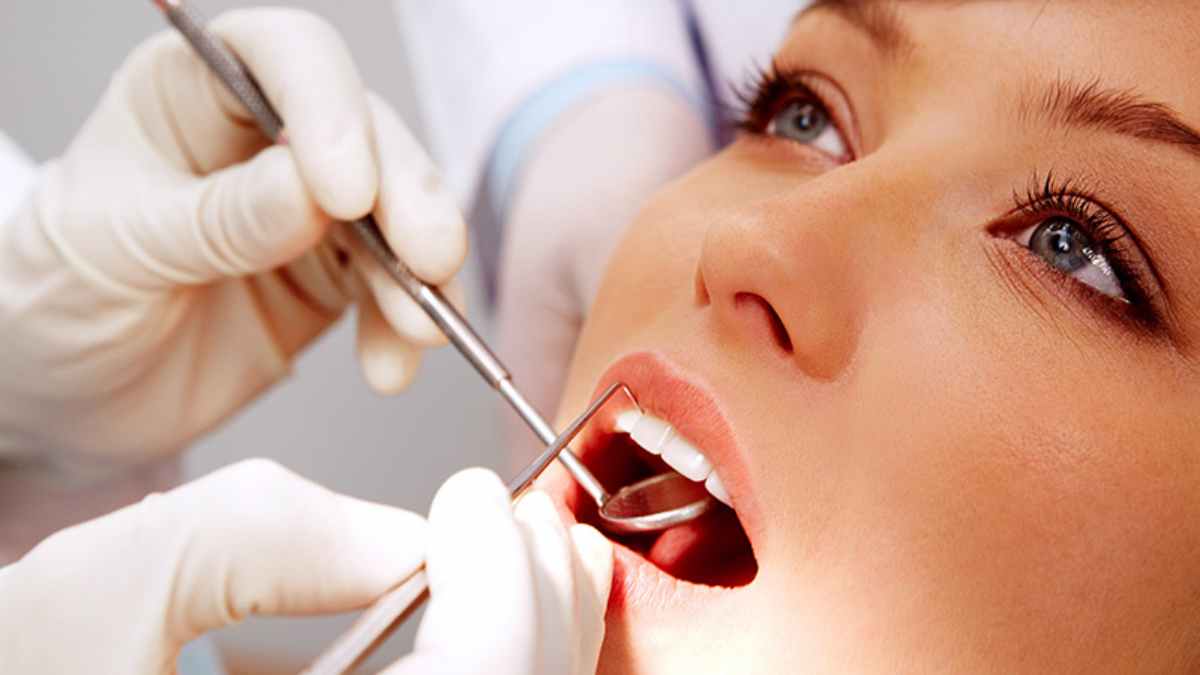
In recent years, the field of dental healthcare technology has experienced a revolutionary transformation, enhancing the way dental care is provided and received. The convergence of digital advancements, innovative materials, and patient-centric solutions has paved the way for improved diagnostics, treatments, and overall patient experiences.
Let’s delve into some of the latest trends revolutionizing dental care with the help of dental software.
Table of Contents
Tele-dentistry and Digital Consultations
The advent of telehealth has extended its reach to dentistry, allowing patients to consult with dental professionals remotely. This trend has become particularly significant in situations where in-person visits are challenging, as seen during the global COVID-19 pandemic. Through virtual consultations, dentists can assess oral conditions, provide recommendations, and even prescribe medications when appropriate. Patients benefit from the convenience of avoiding unnecessary travel and gaining access to expert advice from the comfort of their homes.
3D Printing in Dentistry
3D printing technology is making its way in dentistry, enabling the creation of custom dental implants, crowns, bridges, and even orthodontic devices. This technology streamlines the manufacturing process, reduces production time, and enhances the precision and fit of dental prosthetics. Patients experience improved comfort and aesthetics, while dental professionals can deliver more accurate and tailored solutions. Dental software also helps in explaining the details to the patients with the help of prints and apps.
Artificial Intelligence (AI) and Machine Learning
AI and machine learning algorithms are transforming diagnostics and treatment planning in dentistry. With remarkable accuracy, these technologies can analyze medical images, such as X-rays and scans, to detect issues like cavities, fractures, and gum diseases. AI-powered tools assist dentists in early detection, allowing for timely intervention and preventing the progression of oral health problems.
Teledentistry Apps and Monitoring
Teledentistry apps are empowering patients to monitor their oral health on a regular basis. These apps can guide oral hygiene practices, remind users of dental appointments, and even track changes in oral condition over time. By encouraging proactive self-care, these apps contribute to better oral health outcomes and reduced dental issues in the long run. A cloud dental software also helps in providing independence to administrative work.
Laser Dentistry
Laser technology is becoming an integral part of modern dental practices. Laser dentistry offers several advantages, including minimally invasive procedures, reduced pain, and faster healing times. Lasers are used for various applications, such as cavity removal, gum disease treatment, and teeth whitening. As technology advances, it is likely to become even more versatile and widely adopted in dental practices.
Augmented Reality (AR) for Patient Education
Augmented reality has found its way into dental patient education. Through AR platforms, dentists can visually explain complex procedures to patients in an interactive and easily understandable manner. Patients can see virtual simulations of proposed treatments, which helps them make informed decisions about their oral health and reduces anxiety associated with dental procedures.
Robotics in Dental Surgery
Robotic assistance is gaining traction in dental surgery, particularly in procedures requiring extreme precision, such as dental implant placements. Robots can aid dentists in achieving the optimal angle and depth for implants, leading to improved success rates and reduced surgical complications. This trend highlights the potential for collaboration between human expertise and technological precision.
Nanotechnology for Oral Health
Nanotechnology is making its mark in dental care through innovations like nanomaterials for dental restorations and coatings. These materials possess enhanced strength, durability, and antibacterial properties. Nanotechnology is also being explored for targeted drug delivery in treating oral diseases, presenting a promising avenue for personalized and effective treatments.
Conclusion
The latest trends in dental healthcare technology are reshaping the landscape of dentistry, offering improved diagnostic accuracy, personalized treatments, and enhanced patient experiences.
From tele-dentistry and AI-powered diagnostics to 3D-printed prosthetics and robotic-assisted surgeries, these innovations are contributing to more efficient, effective, and patient-centered dental care. As technology continues to advance, the future of dental healthcare holds the promise of even more groundbreaking developments that will further elevate oral health outcomes across the globe.